
The Woodstock Era of the late 1960s was remarkable: festivals, Bohemian, and hippie fashion ruled! Every musical festival was a cultural phenomenon that symbolized peace, love, and rebellion against the status quo. During this time, a group of passionate individuals emerged, turning the tides of society with their artistry and activism. While the music and art fused a diverse crowd, the personalities behind those melodies and other artistic movements truly defined the era’s essence. From legendary musicians to visionary artists and activists, these 15 famous hippies left an indelible mark on the culture of that time.
Yoko Ono
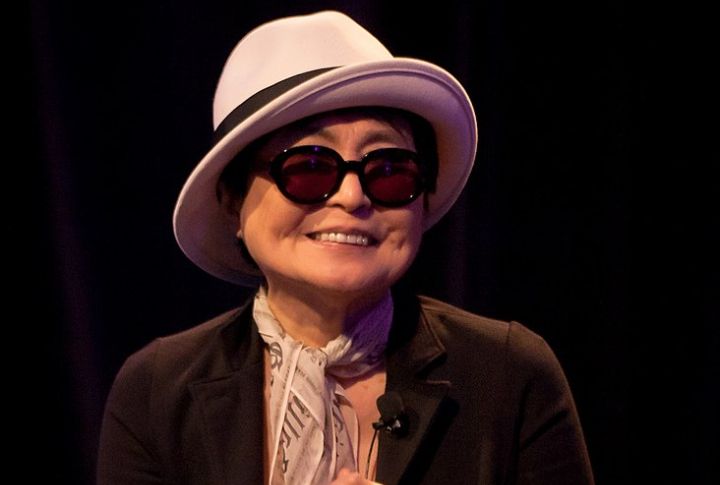
Yoko Ono became a prominent figure in the hippie movement through her activism and marriage to John Lennon. The couple’s dedication to peace and love mirrored the era’s ideals. Ono’s artistic contributions and enduring advocacy for human rights exemplify the spirit of the hippie movement.
Gloria Steinem
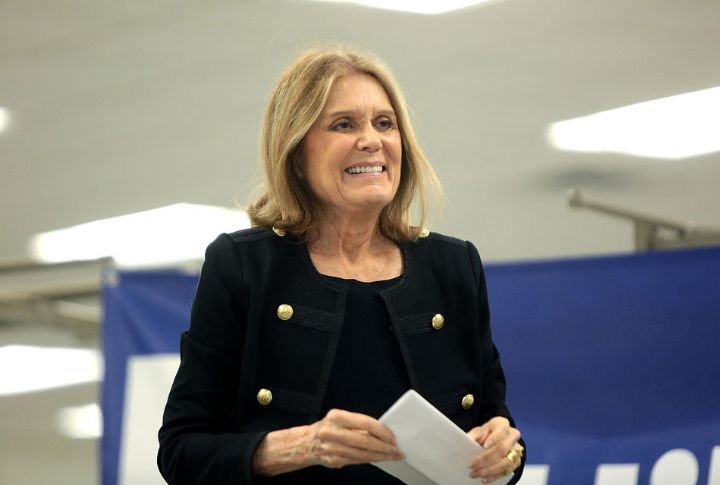
In the Woodstock era, Gloria Steinem stood out as an influential feminist leader. Her outspoken journalism and activism, such as her decision to protest the Vietnam War by refusing to pay taxes, reflected the rebellious spirit of the time. Her article “After Black Power, Women’s Liberation” in 1969 earned her national recognition.
Janis Joplin
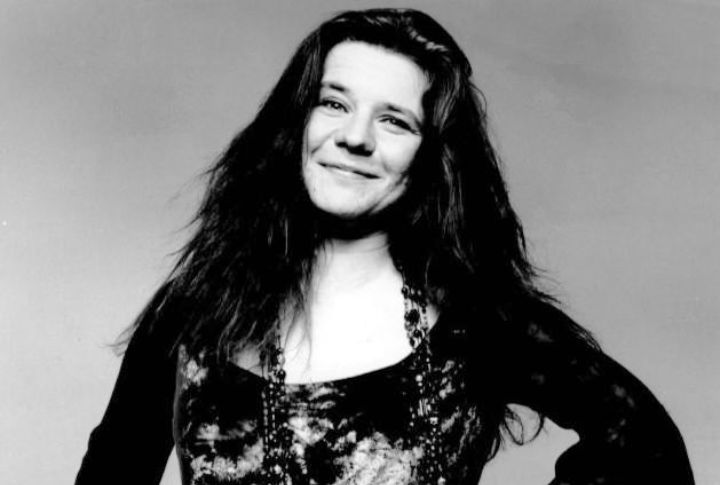
As a symbolic figure of the hippie era, Janis Joplin channeled her tumultuous life into powerful music. Famous for her wild spirit and soulful performances, she connected deeply with the Woodstock crowd. Joplin’s time living in a commune and her influence on rock music defined the hippie ethos.
Nancy Sinatra
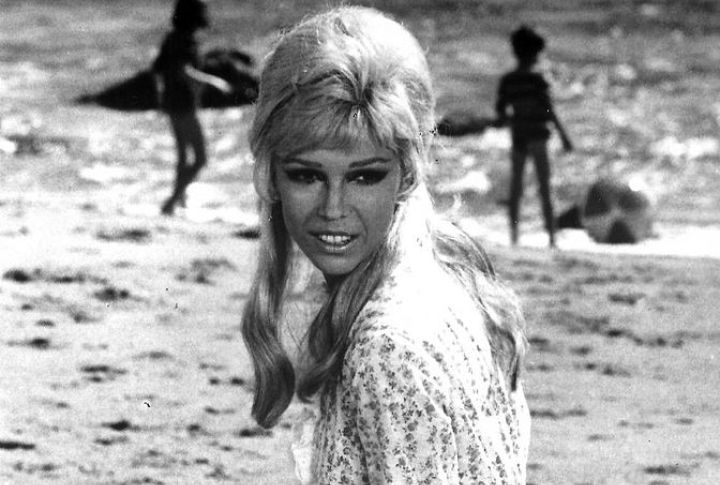
Nancy Sinatra broke away from her father’s shadow with her unique style during the 1960s. Sinatra’s flower-adorned hairstyles and vibrant clothing matched the hippie aesthetic. The hit single “These Boots Are Made For Walkin’” encapsulated the era’s confidence and independence, marking her as a notable figure of the time.
Michelle Phillips
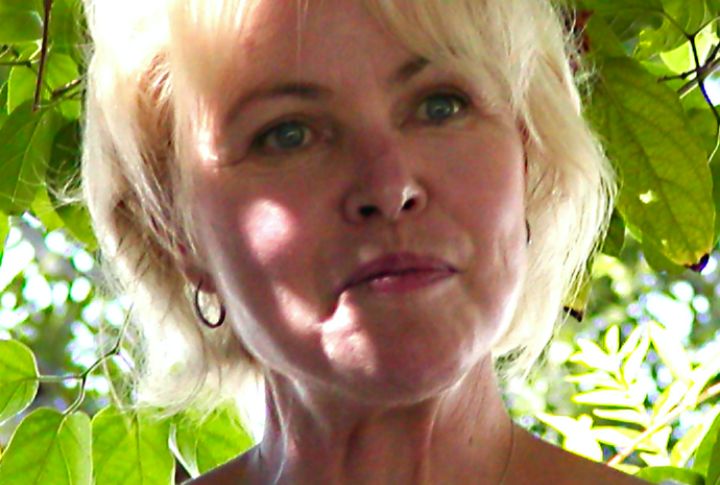
This character embraced the hippie lifestyle through her role in “The Mamas & the Papas.” With Phillips’ youthful rebellion and personal affairs, she was the center stage of the movement’s free-spirited nature. Transitioning from a music career to acting, Phillips became a quintessential figure in 1960s counterculture.
Cher
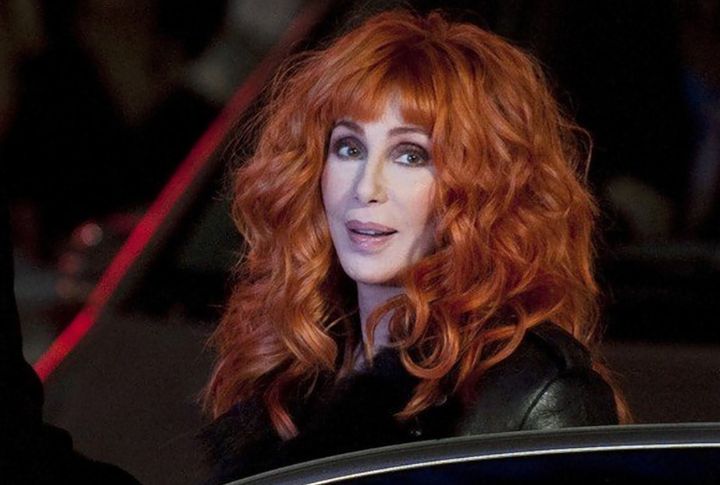
You may know Cher as a pop icon. But back in the day, she initially struggled with the counterculture audience alongside Sonny Bono. Cher’s evolution into a solo artist showcased her as a dynamic force in the hippie era. Today, she’s still an activist for disenfranchised populations.
Jane Fonda
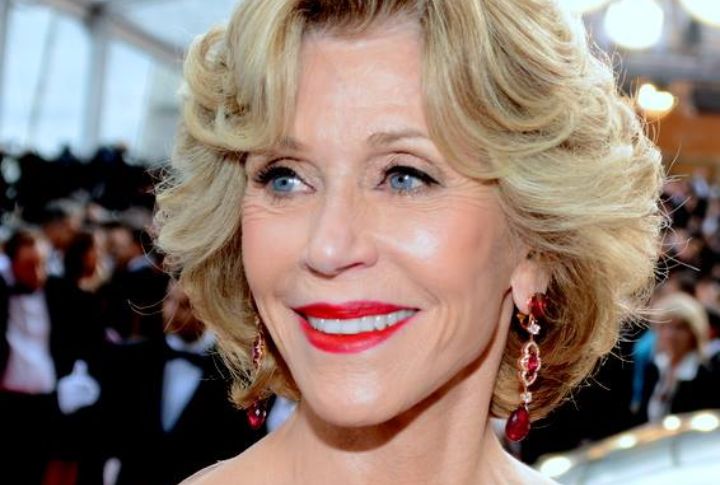
Famous for her acting prowess, Jane Fonda became a prominent activist in the 1960s. Balancing her career with passionate protests against the Vietnam War and civil rights advocacy, Fonda’s commitment to social change cemented her role as a significant figure in the hippie movement.
Carly Simon
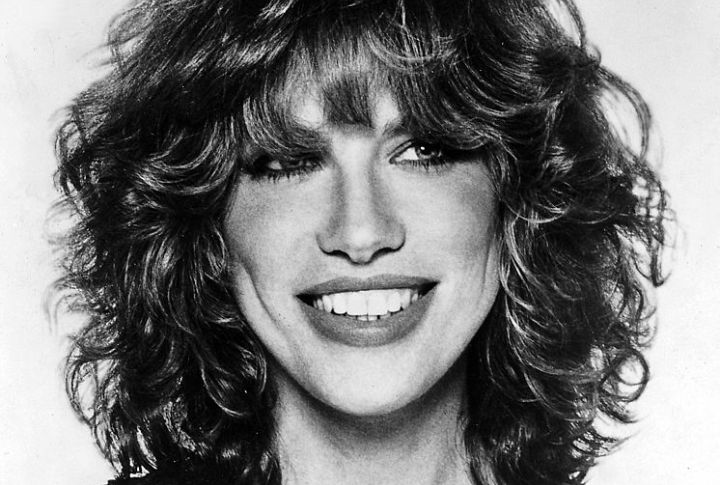
Carly Simon’s emergence in the 1970s, with hits like “You’re So Vain,” captured the era’s spirit. Though her music was less political, it resonated with the era’s themes of female empowerment and artistic freedom. Simon’s Grammy win underscored her influence in the hippie cultural landscape.
Goldie Hawn
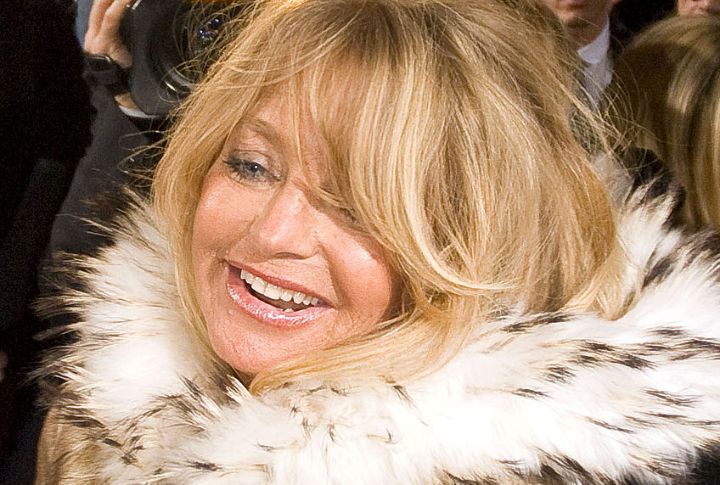
Goldie Hawn’s career began with roles that embraced the playful side of the 1960s. Her quirky style and comedic timing made her a beloved figure. Later, her commitment to meditation and humanitarian causes reflected the broader hippie movement’s focus on personal and social well-being.
Joni Mitchell
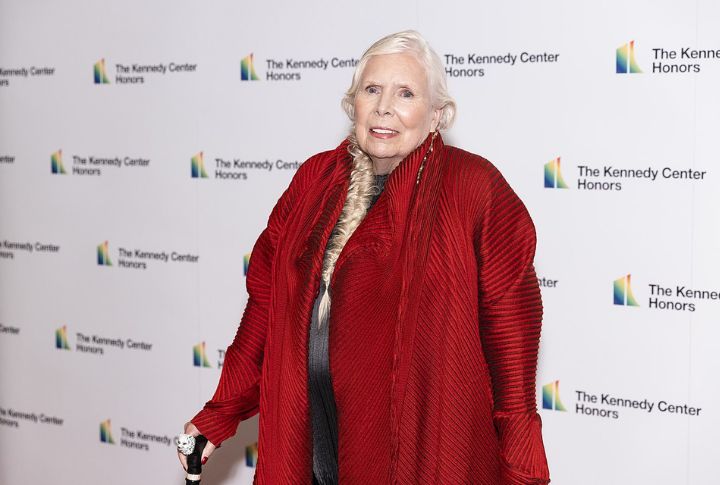
Earlier in her career, Joni Mitchell peaked the wandering artist archetype. Starting with small gigs and a simple lifestyle, Mitchell’s rise was marked by her folk-influenced music and poetic lyrics. Her Grammy win in 1970 solidified her place as a revered voice within the hippie community.
Barbra Streisand
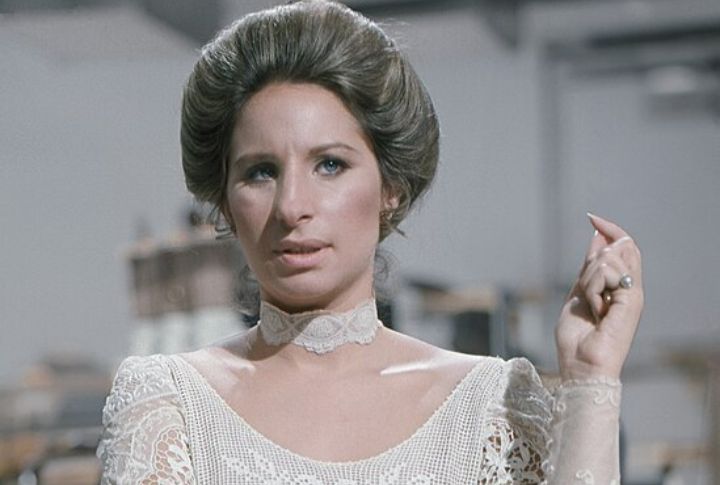
Streisand’s career began with a humble, hippie-inspired lifestyle in New York City. Her distinctive voice and unconventional look became iconic. As her fame grew, Streisand maintained her bohemian roots, often reflecting the free-spirited ethos of the 1960s in her public image. She’s still an environmental activist today.
John Lennon

As the visionary frontman of The Beatles, John Lennon became a symbol of the hippie movement through his activism and music. His anthem, “All You Need Is Love,” resonated deeply with the counterculture’s ideals of peace and unity. Lennon’s solo career continued to influence the era’s social movements.
George Harrison

Another Beatles member, George Harrison, embraced the hippie spirit by immersing himself in Indian culture and spirituality. George’s use of the sitar and commitment to vegetarianism showed his dedication to peace and meditation. Harrison’s contributions to The Beatles and his solo work reflected the movement’s deeper spiritual interests.
David Bowie

Ziggy Stardust transcended his rock star persona throughout his five-decade career as he immersed himself in the hippie movement’s ethos. David embraced long curly hair and an acoustic guitar and connected with the movement’s spiritual and sonic ideals. His influence extended beyond music to activism and business.
Jim Morrison

The Lizard King Jim Morrison was the enigmatic frontman of The Doors and embodied the hippie ideal with his rebellious lifestyle and poetic lyrics. Morrison’s activism, though not overt, is subtly woven into his work, especially in songs like “Five to One.” This track is widely seen as a call for youth rebellion against the older generation.

Comments
Loading…